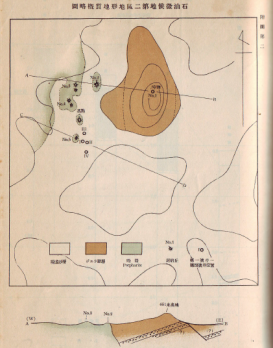My project sheds light on the role of geological knowledge in shaping the history of modern Northeast Asia, focusing on geological explorations of subterranean energy resources since the mid-nineteenth century. As geology gained recognition as a scientific discipline internationally, geologists in East Asia engaged in a transnational network of knowledge production; in the meantime, geological knowledge shaped and was in turn shaped by the context of colonialism, war, and revolution. My project closely examines the activities of geologists from Japan, China, Russia and elsewhere in a crucial region known as Manchuria (present-day northeastern China). Geographically distinct from China proper and bordering Russia and Korea (part of the Japanese Empire since 1910), the region boasted a strategically important location and largely unexplored natural resources. Just as the discoveries of large coal deposits in the region facilitated the expansion of Russian and Japanese influence into the region at the turn of the twentieth century, geologists in search of petroleum resources shaped the strategic choices of states in later decades.

A Japanese geological map of potential petroleum deposits in Manchuria, from Manshû sekiyû tôsei hôsaku, published by Japan's South Manchurian Railway Company, 1936.
Project
